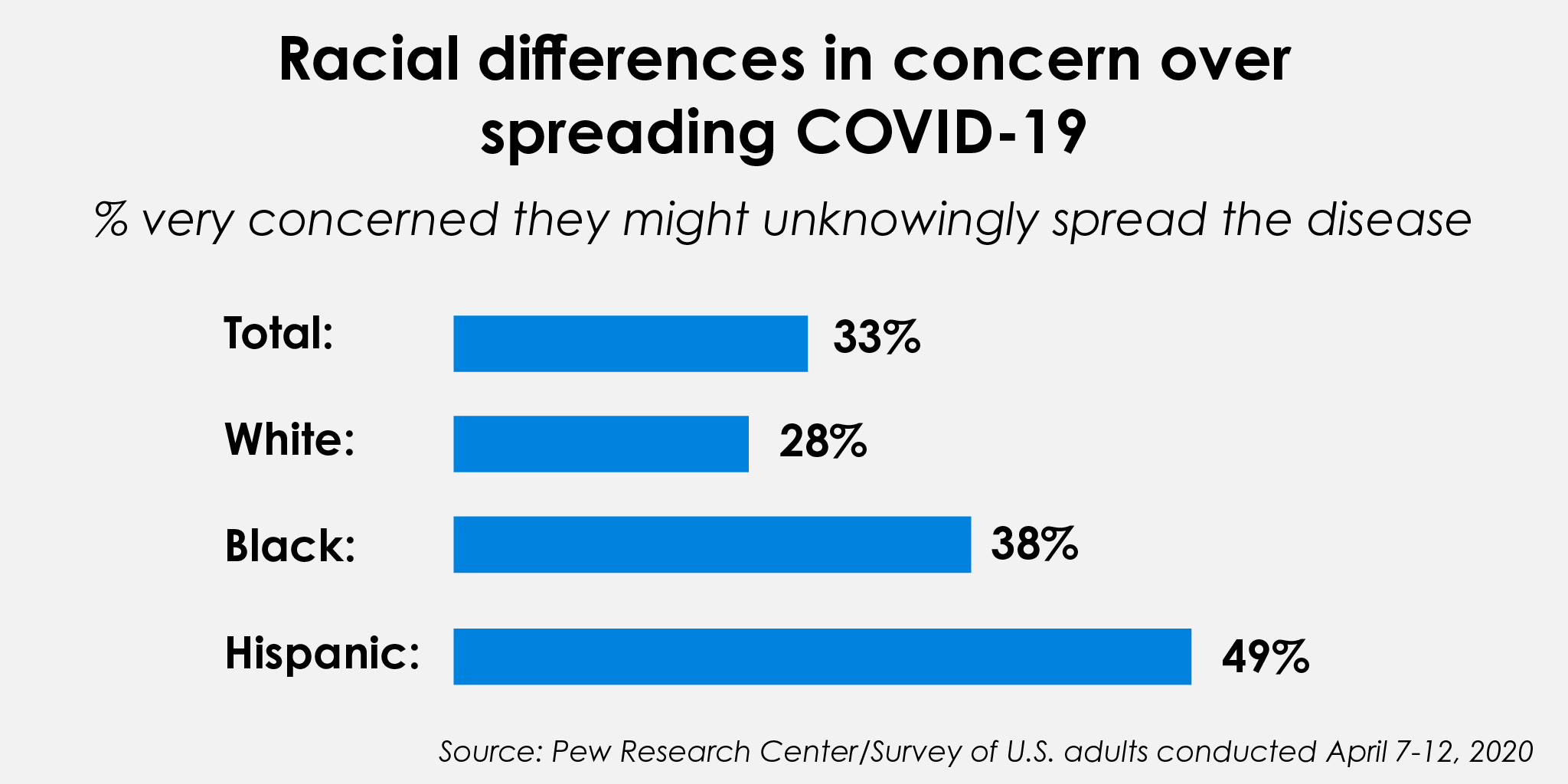Ethnic media works to end the infodemic

As a former Public Information Officer, I watched the first San Francisco Bay Area coronavirus press conferences with enormous interest. This was a bold step in which our region would lead the nation in implementing shelter-in-place measures. The health officers, the elected officials, and administrators stepped forward to share critical, time-sensitive information about the steps they would take to limit the spread of the disease. When they finished, many left the room as a group of interpreters stepped forward to read statements in multiple languages, and then, the video feed was cut. I was left wondering if ethnic media had a chance to ask their questions. And, to what extent would an information gap end up hurting communities of color and immigrant communities? And, wouldn’t we all be better off if we understood the full scope and impacts of the disease in all California communities?
Throughout California, entire communities depend on ethnic media for trusted, relevant, in-language information. Hundreds of news outlets serve California’s vast diversity of racial, ethnic, language, faith and cultural identity groups. They are an essential part of our journalistic landscape. Examples include a Hmong-American conference line, Hoopa radio, Fijian online news, a Tibetan diaspora website, neighborhood newspapers, African-American news syndicates, Mexican indigenous radio, Vietnamese-American publishing companies, and more.
Here are just a few ethnic media stories that provide valuable insights into the COVID-19 public health crisis:
- The Congressional Black Caucus’ work to secure resources for small businesses,
- Honoring the many Filipino nurses who risk their lives caring for people with COVID-19,
- A hotspot in Honduras (and India and around the world) with an international perspective on COVID-19, and
- The resilience of native people in dealing with epidemics.
In March 2020, as part of its COVID-19 Rapid Response grantmaking, the Foundation approved a proposal by Ethnic Media Services (EMS) to deliver 12 timely, science-based COVID-19 telebriefings to ethnic media. Over 320 journalists participated in the first four telebriefings. Sandy Close, EMS director said, “This turnout shows the hunger for culturally-relevant news and information about the pandemic.”
Close and her team’s weekly COVID-19 telebriefings connect ethnic media to recognized health and health disparity experts, legislators, and advocates from a wide range of fields. Recent speakers have included Representative Ro Khanna, cultural competency expert Dr. Stacie Walton, IRS Deputy Commissioner Sunita Lough, State Insurance Commissioner Ricardo Lara, and many others.
On most programs, Dr. Tung Nguyen, a UCSF researcher, physician and advocate, provides a frank, enlightening and culturally-centered COVID-19 update that is the antidote to the infodemic. When asked about the causes behind the troubling racially-disparate health impacts of this disease, he said:
These are the risks of stigmatization and racism. Existing racial and ethnic health inequalities are magnified in a pandemic setting, and, as a result, we are seeing disproportionate rates of infections and deaths among minorities. Socioeconomic inequalities make it much more likely that the economic impact of the pandemic and the public health response will disproportionately affect minorities. The only way to deal with these issues in the future is to deal with the underlying inequalities in our society head on, by investing more in our minority communities and strengthening our safety nets.
Nguyen went on to outline some of the preventative benefits of being part of an ethnic community. “I think, almost by definition, ethnic communities have a strong sense of ‘community’ and are more likely to accept some restrictions on individual freedoms to make sure that everyone around them is safe.”
Findings from an April 2020 Pew Research Center opinion poll back him up. Researchers found that African-Americans and Latinos are far more likely than whites to be concerned about unknowingly spreading the disease to others. Conscientiously preventing the spread of COVID-19 is likely, the most important action we can take to address this public health crisis. When we protect others and take care of one another, we expand the enormous power of “we”.
Ethnic media contribute to community health, and therefore, our state’s shared health. Like all newsrooms, they are facing dramatic reductions due to the loss of revenue. When you have a chance, please check out an ethnic media outlet, and support them with a subscription, a donation, even an ad-click. If you don’t mind leaving an email address, you can download EMS’ entire California directory of ethnic media for free.
Read our latest report to learn how to connect to diverse audiences through ethnic media.
Get our newsletter
Sign up for occasional event announcements and our newsletter, Intersections, to learn more about the work we’re supporting to make California the healthiest state and end domestic violence.


